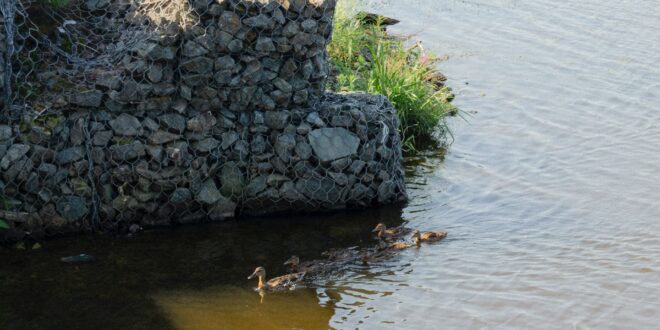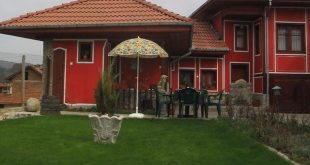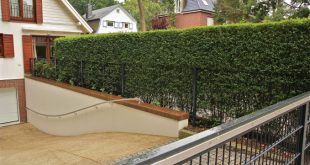In recent years, a type of structural elements, until recently mainly used in road construction and for industrial purposes, has gained popularity. Gabions are cages, usually of strong metal wire with different types of fillings, most often stone. Some of the many positive features of these structures include their original appearance, environmental friendliness and simplicity. If we have enough desire and resources, we can even make gabions ourselves.
As we already mentioned, gabions are usually used to strengthen the shore of a reservoir, to support slopes and road embankments, to strengthen ravines. Recently, however, they are increasingly used creatively in landscape design, and sometimes even for the construction of low-rise buildings. In landscape design, gabions are usually used for retaining walls, forming flower beds, garden fences and other decorative structures.
The growing popularity of gabions is due to their many advantages. Let’s highlight some of them. The gabions filled with stones are:
- able to withstand multi-ton loads
- weather resistant
- resistant to strong winds
- capable of holding back small landslides
- extremely durable – their service life is at least 70-100 years
- ecological and environmental friendly
- much cheaper than solid concrete structures of the same size
- good looking and suitable for decorative purposes
- maintenance-free
- simple and suitable for DIY projects
Among many advantages, gabions also have one disadvantage, especially when they are large and filled with large stones – they look clumsy and heavy and are unsuitable for small plots.
When made correctly and of proper materials, stone gabions are a really great option for many projects. In addition to giving freedom to choose the shape of the single structures, they are truly ecological, harmless to humans, do not require any maintenance and even under certain conditions become stronger over time, as the roots that the plants grow in them create an additional strengthening network.
The impressively long service life of stone gabions is due to the use of extremely durable materials – metal and natural stone. Most often, the frame (cage) is made of strong steel wire with a thick zinc coating. This is a wire that is five times stronger than the familiar wire mesh used for fences. Instead of anti-corrosion galvanizing, gabion wire can have a protective layer of thick PVC material. Or it can have both.
Containers made with such double-twisted wire are extremely strong and at the same time look good, as the cells of the wire structure have symmetrical shapes such as rhombuses, honeycombs, etc.
These containers are filled with natural stone, the individual stones being many times larger than the individual cells of the wire mesh, so that they cannot spill out. For particularly large gabions or when the filling stones are particularly large, cages with several internal compartments are made to strengthen the structure and prevent the weight of the stones from tearing or deforming it.
This gabion structure has enough elasticity to withstand extremely high or low temperatures without any problems. It allows the gabion to expand and contract without damage, then it takes its original shape when environmental conditions return to normal. In this regard, stone gabions have a huge advantage over outdoor solid concrete structures, which in such extreme conditions show a tendency to crack – at least on the surface layer.
It is for this reason that gabions have been mainly used in recent decades to strengthen banks of reservoirs, slopes above roads, small landslides and the like, in contrast to the concrete walls and coverings of the recent past. Stone gabions just happen to be a much more reliable retaining means.
Another great advantage of stone gabions is that water cannot wash away parts of them, as happens with other types of structures such as concrete and masonry walls, for example. For this reason, they are used extremely often to strengthen the banks of water areas and rivers, for protective dams, to create water cascades, etc.
Unlike concrete structures, gabion installation can be done all year round, regardless of weather conditions. The material has a fairly attractive appearance and blends harmoniously with the natural landscape.
In domestic construction, stone gabions are mainly used for yard fences and for decorative purposes, as well as for strengthening terraced plots. In rarer cases, they are used for covering facades or for the foundation and construction of small buildings.
In the field of landscape design, gabions are used for decorative arrangement of garden paths, and flower beds, retaining walls, functional zoning of large areas, small architectural structures such as arches or terraces that can withstand significant weight loads, and decoration.
Take a look at the official website of Canyon Stone Canada and some of the most popular brick and stone products offered by the company:

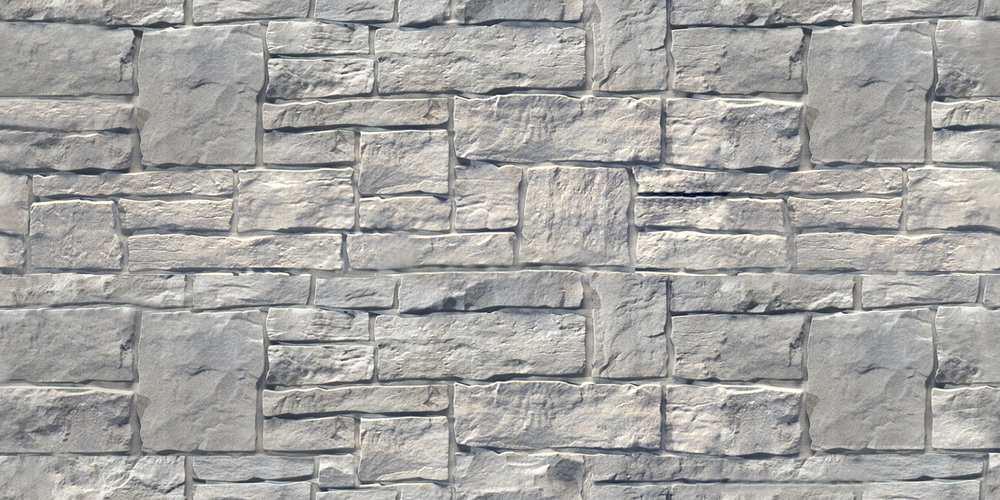
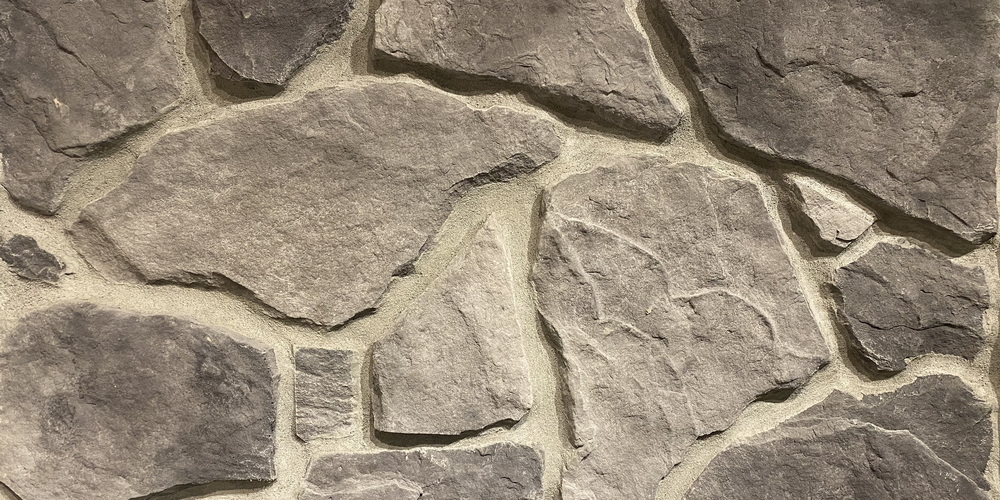


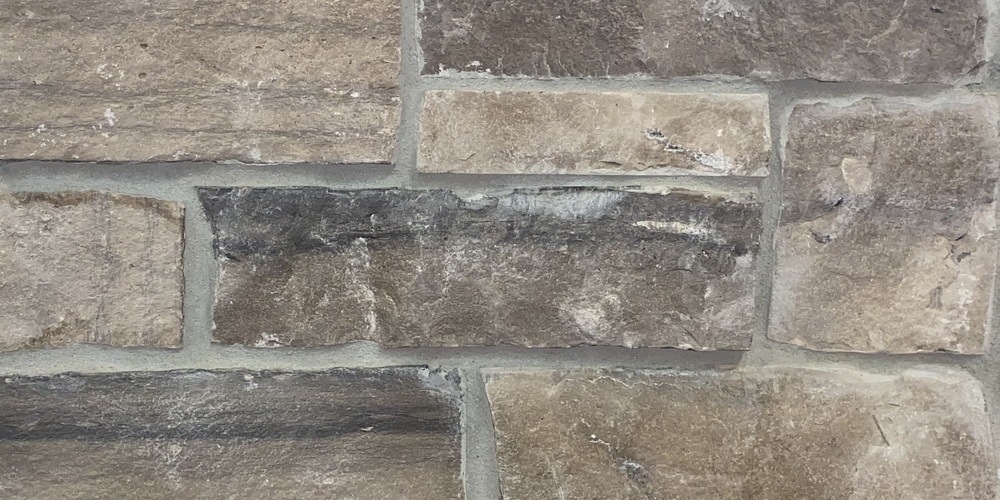
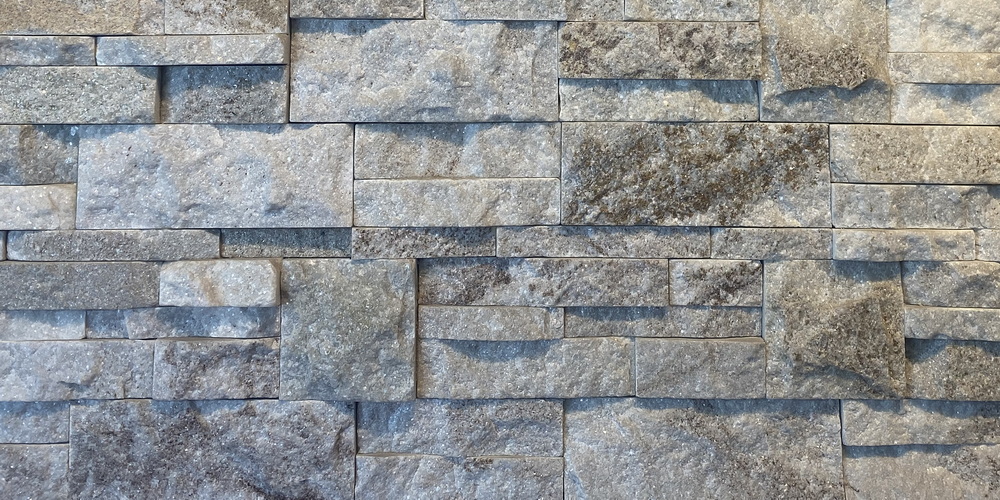
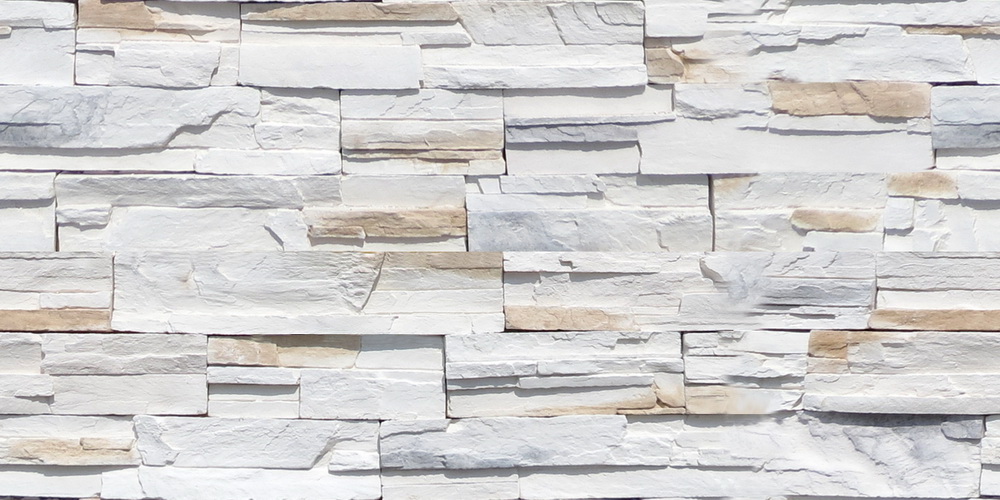
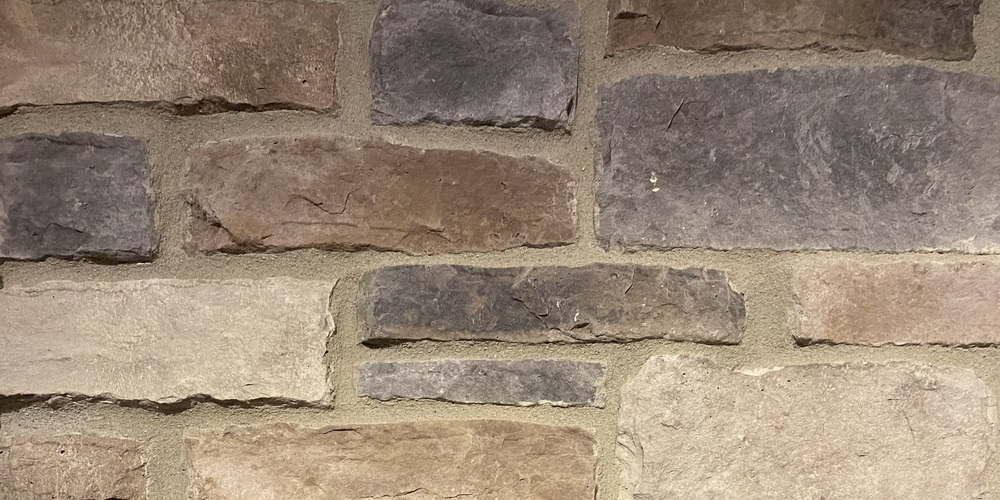
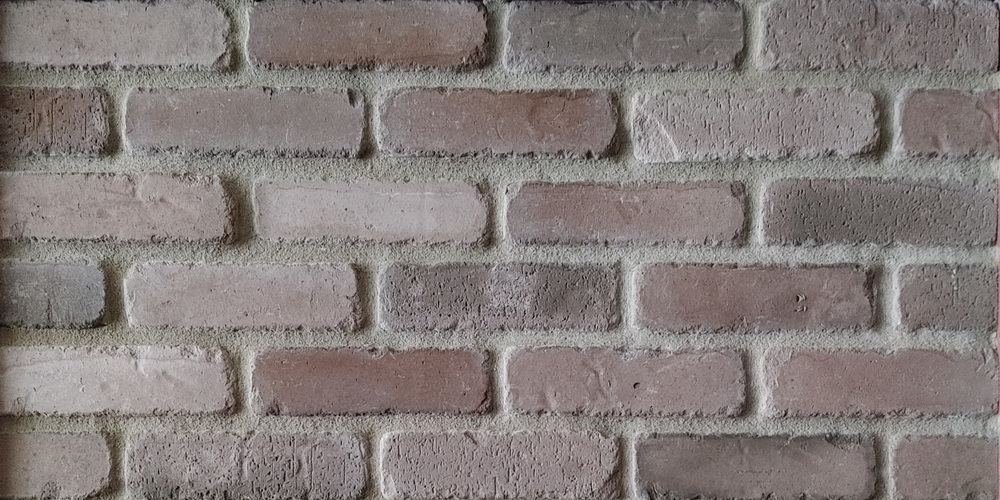
Photo by Denis Sorokin on Unsplash
 Happy at Home Family Problems & Solutions | Home & Health Tips
Happy at Home Family Problems & Solutions | Home & Health Tips
